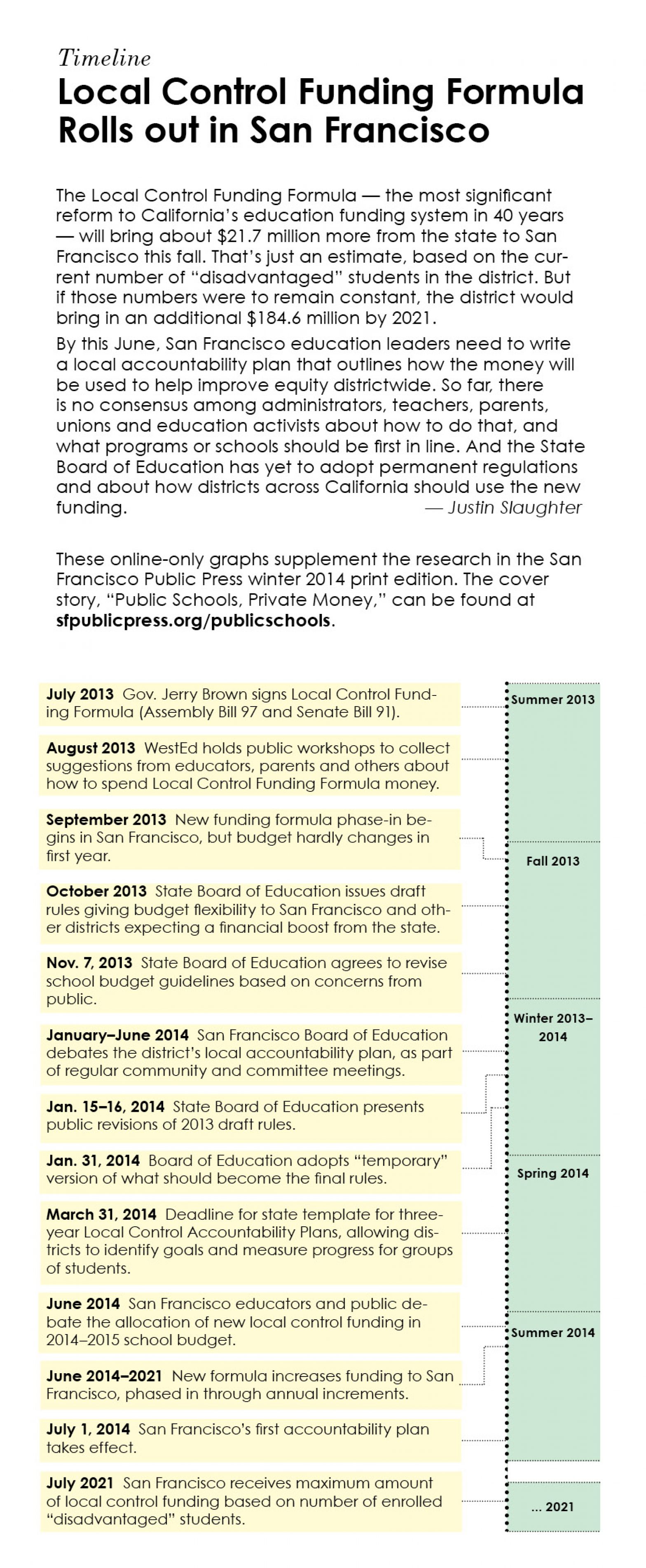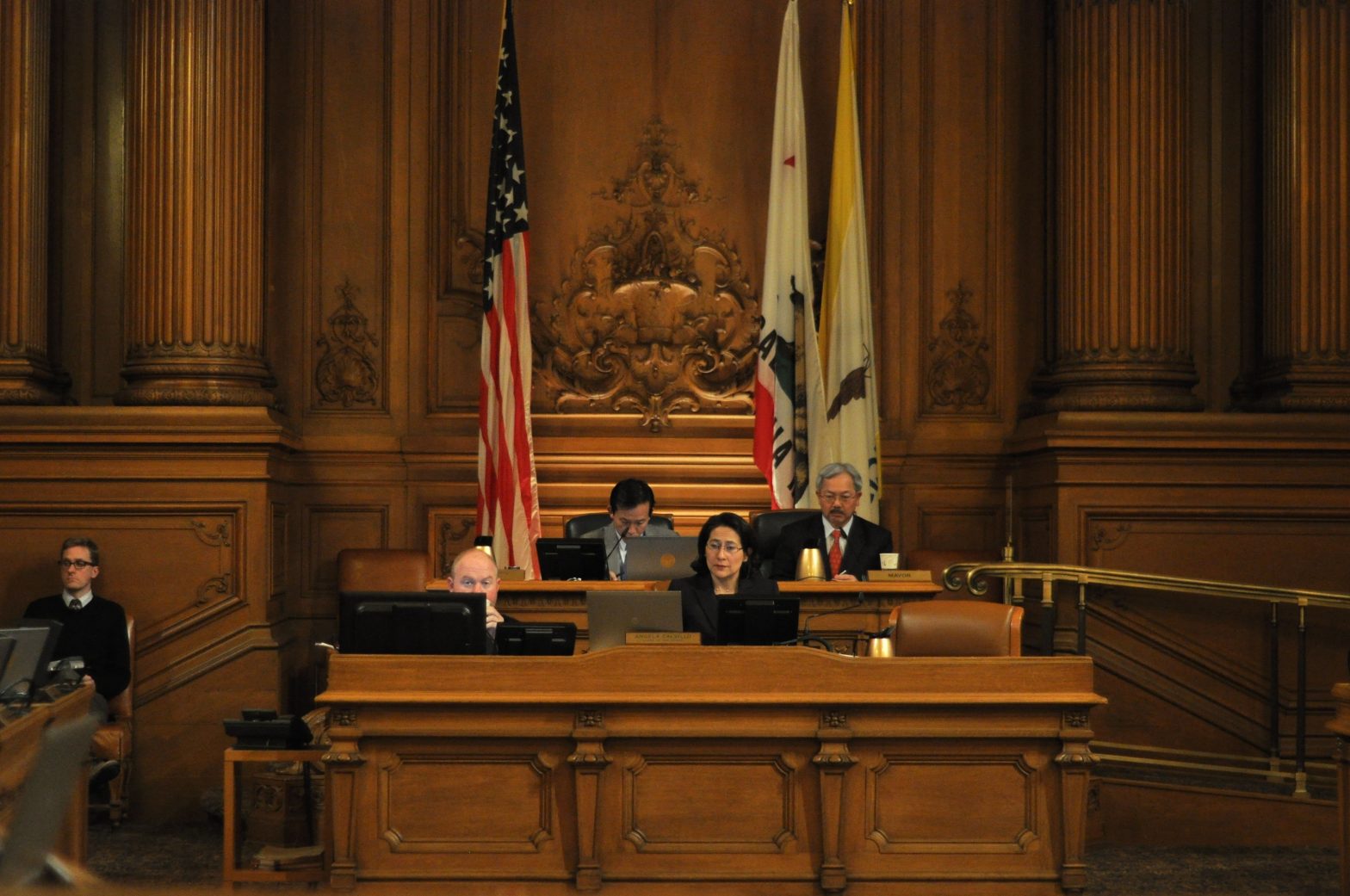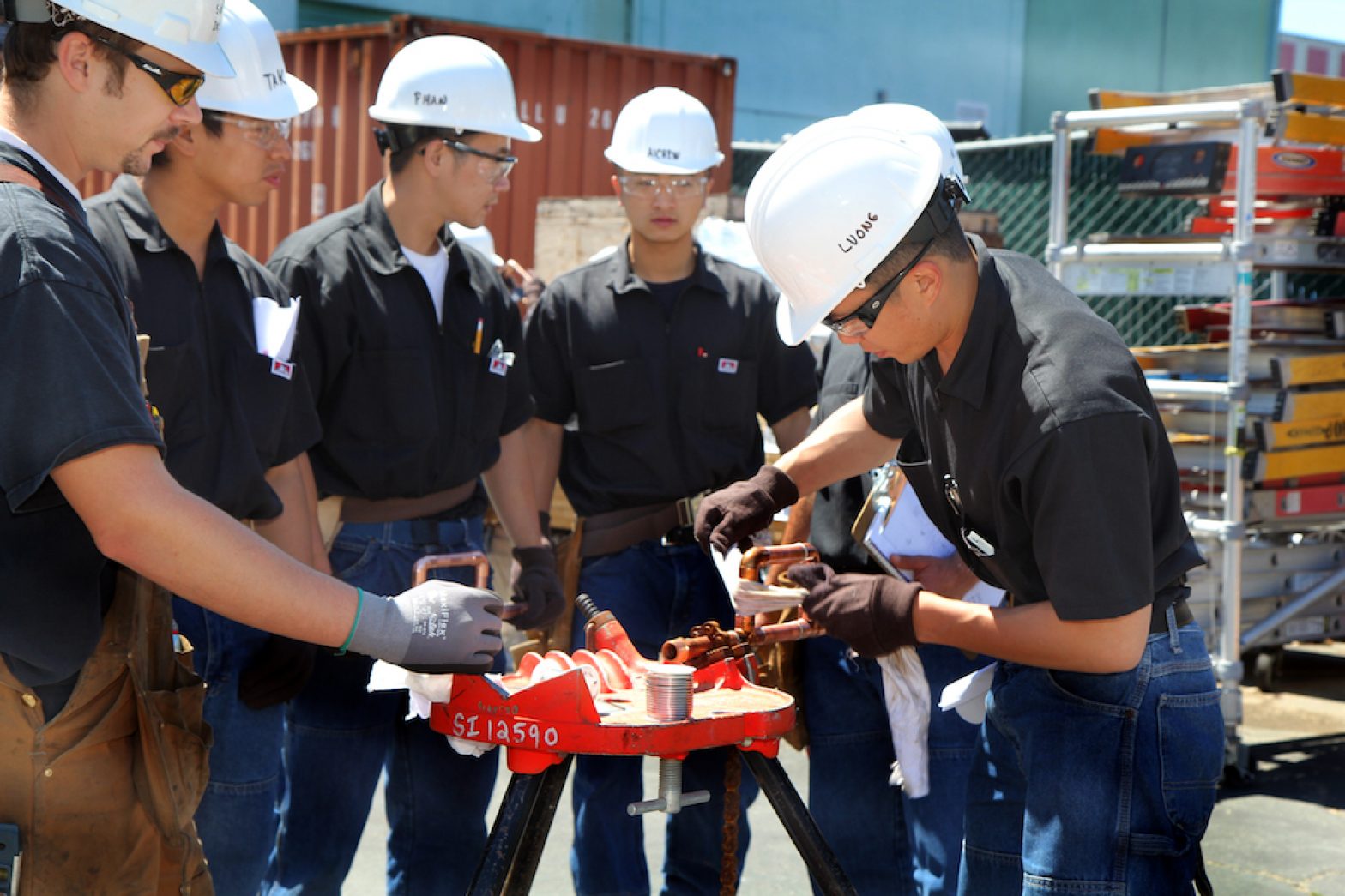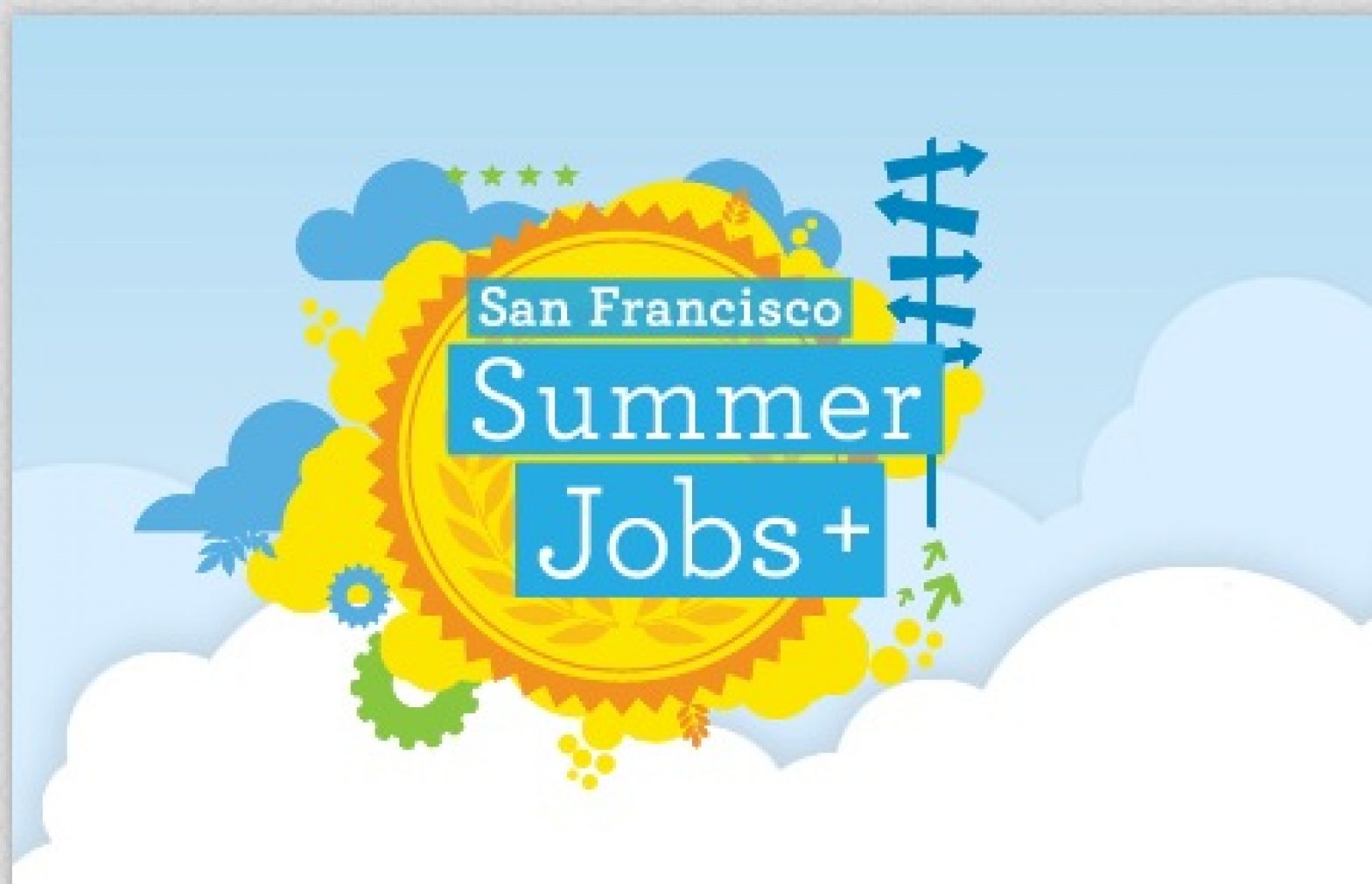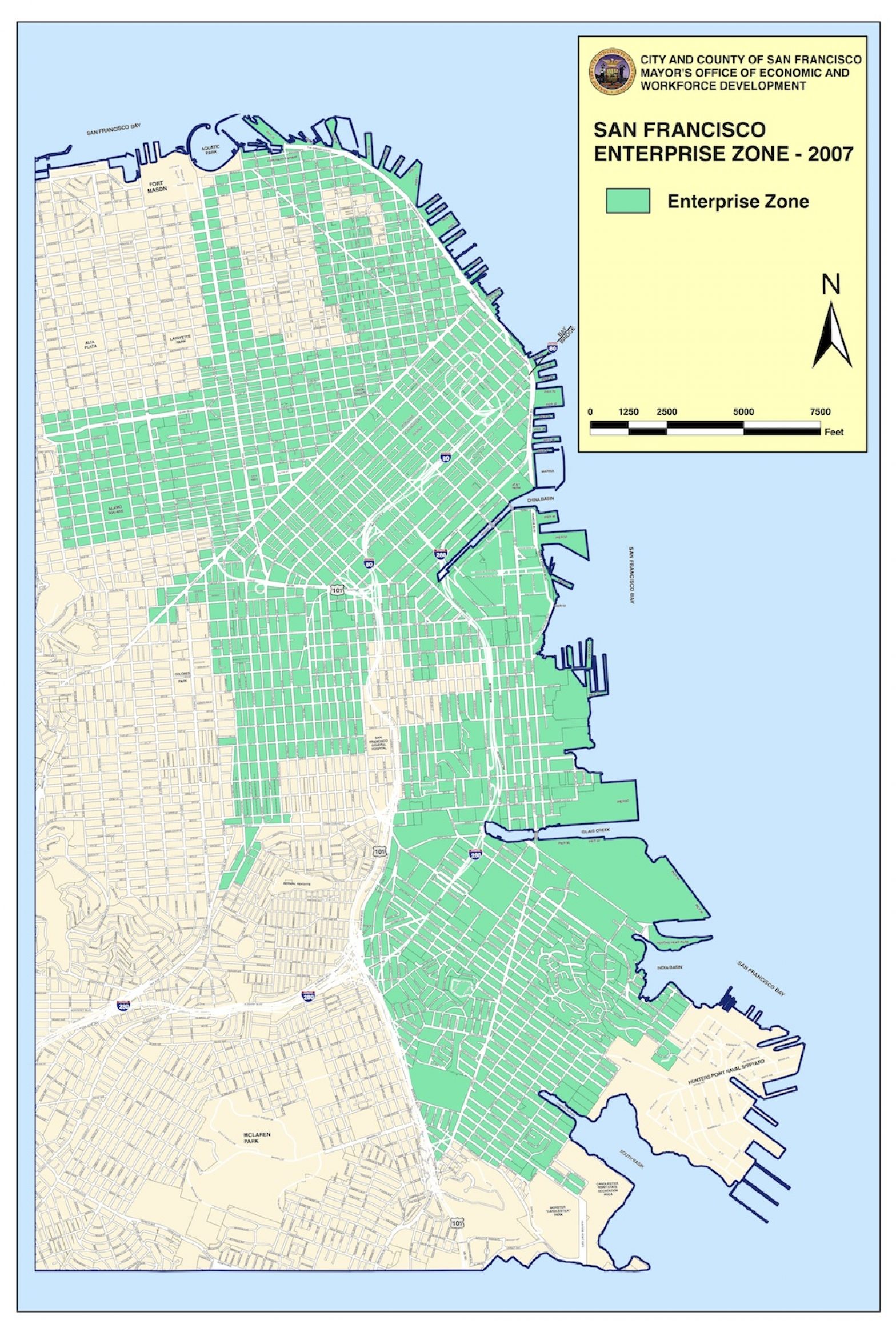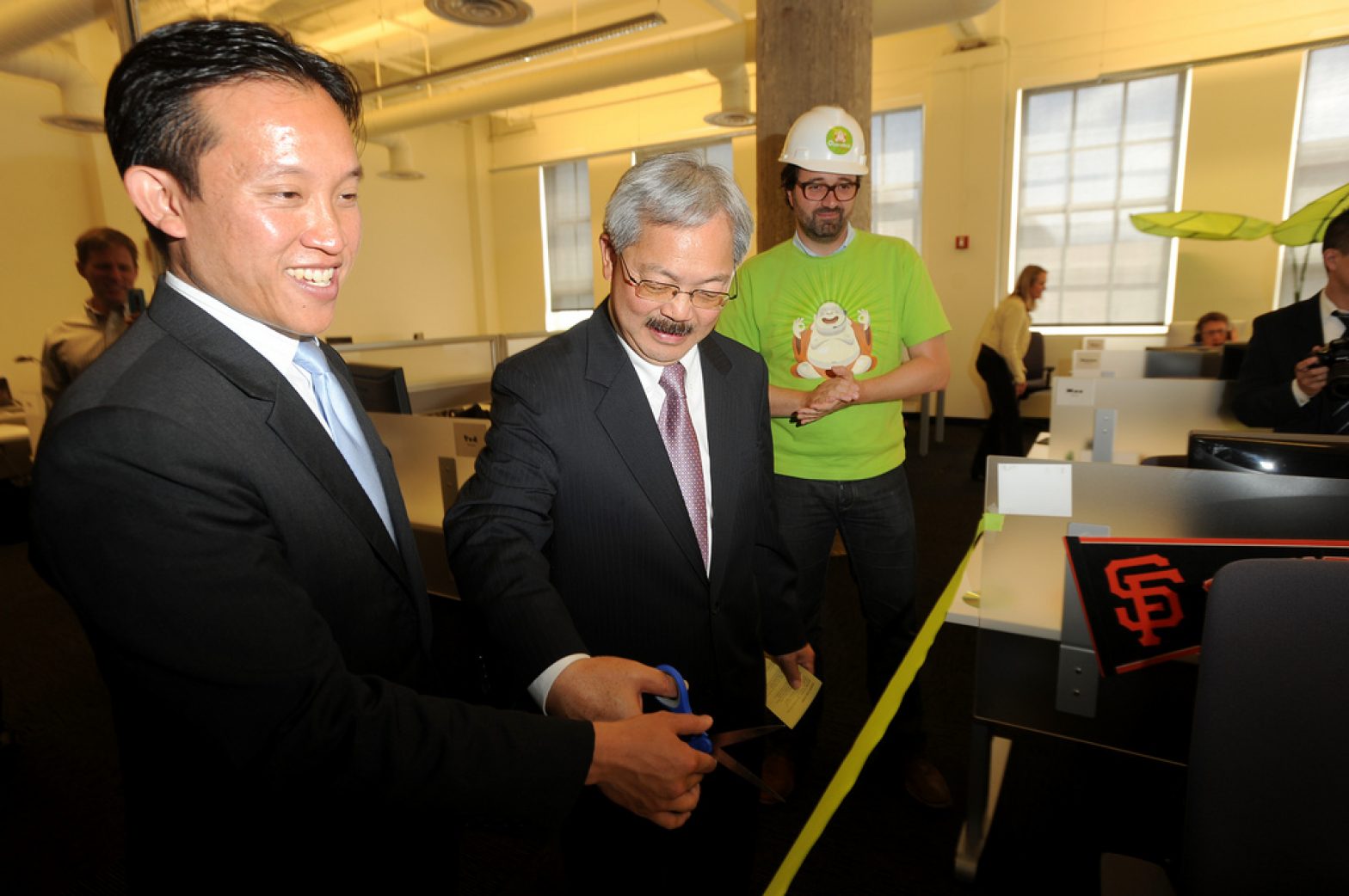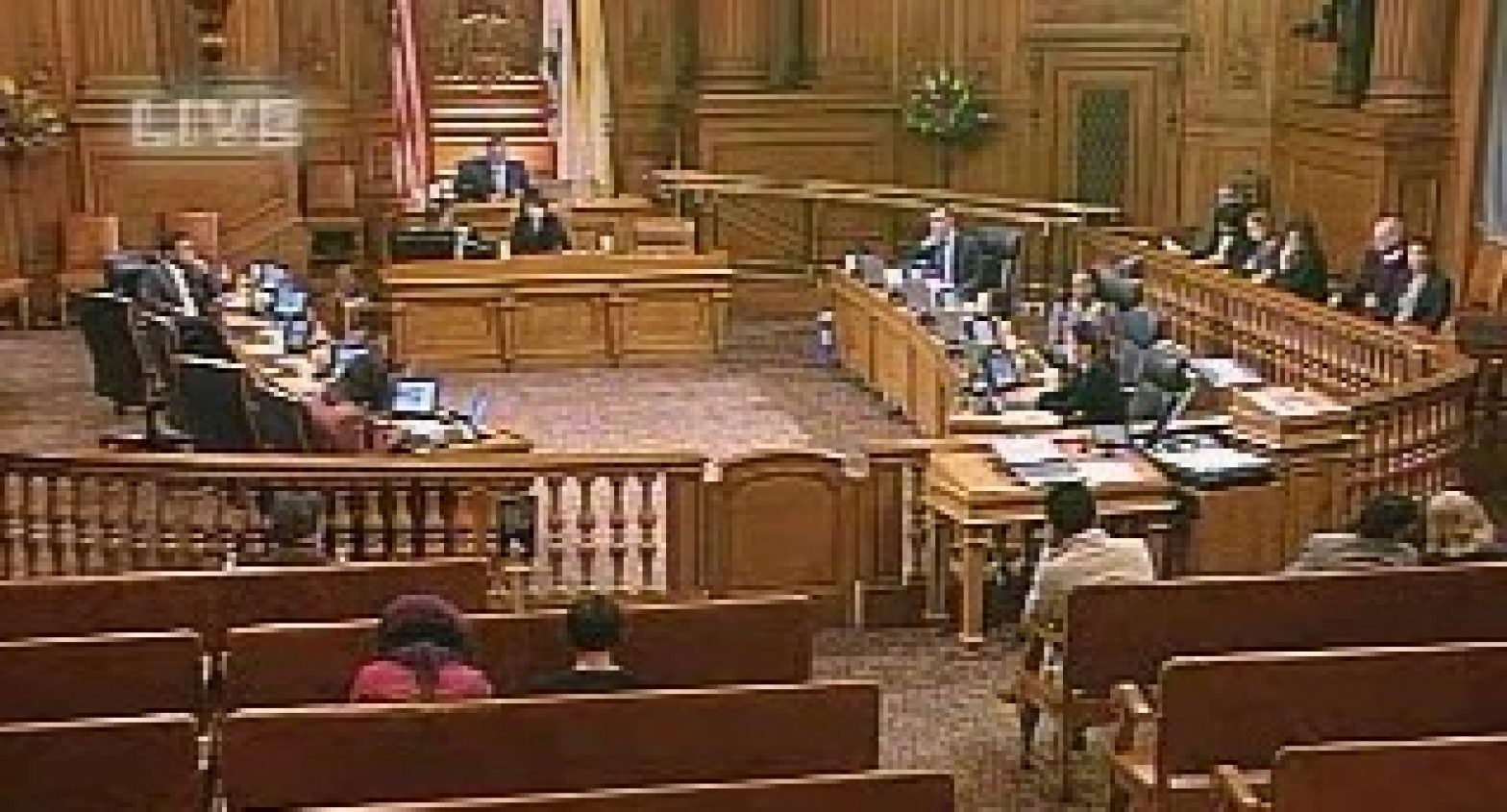Education
Debate in 2014: Use State Windfall for S.F. Schools to Aid Poorest Students, or Raise Teacher Pay?
New state dollars will begin flowing into the San Francisco Unified School District in the fall — and policymakers and activists have already begun arguing over how to spend them. Should the San Francisco Board of Education use the $22 million from a new funding scheme to increase teacher salaries districtwide? Should it hire more classroom aides? Or should it adjust its decade-old equitable funding policy that gives a leg up to schools with many children from poor families?
Part of a special report on education inequality in San Francisco. A version of this story ran in the winter 2014 print edition.
